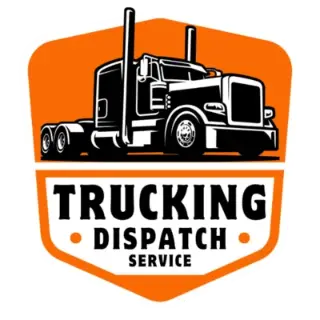Trucking dead zones, areas with scarce freight opportunities, pose significant challenges to owner operators and freight companies. These zones can drastically affect the profitability and operational efficiency of trucking businesses. Understanding how to navigate these areas is crucial for maintaining a steady flow of work and minimizing operational costs.
Identifying Common Dead Zones
Dead zones are typically found in:
- Rural areas or regions with minimal industrial activity.
- Locations affected by seasonal industry slowdowns, such as agricultural off-seasons.
Challenges Posed by Dead Zones
Dead zones introduce several challenges, including:
- Reduced Load Availability: Limits on finding consecutive loads, leading to potential income gaps.
- Increased Operating Costs: Expenses incurred from deadheading, driving empty to the next load.
- Time Management: Inefficiencies and delays in scheduling due to the low availability of freight.
Strategies for Navigating Dead Zones
To mitigate the impact of dead zones, consider the following strategies:
- Pre-Planning Routes: Advanced planning helps avoid or minimize time spent in dead zones.
- Networking: Establish connections with shippers in or near dead zones to secure consistent loads.
- Technology: Utilize load boards and freight apps to find available loads close to or within dead zones.
- Diversify Freight: Explore hauling different types of freight that might be more prevalent in these areas.
Overcoming Dead Zones
Real-life examples show truckers leveraging route optimization tools and local shipper relationships to successfully navigate and minimize the impact of dead zones on their operations.
The Role of Dispatchers in Avoiding Dead Zones
Professional dispatchers play a crucial role in helping truckers avoid dead zones through effective route planning and securing loads. Their expertise and industry connections can be invaluable in maintaining operational efficiency.
Future Trends: Mitigating Dead Zones
Advancements in technology and infrastructure, along with shifts in industry practices, hold promise for reducing the prevalence and impact of dead zones. Efforts to redistribute freight more evenly could further alleviate the challenges associated with these areas.
Conclusion
Understanding and strategically planning around trucking dead zones is essential for maintaining profitability and operational efficiency. By employing advanced planning, technology, and industry relationships, truckers can navigate these challenging areas more successfully. We invite our readers to share their experiences and strategies for dealing with dead zones in the comments below.

